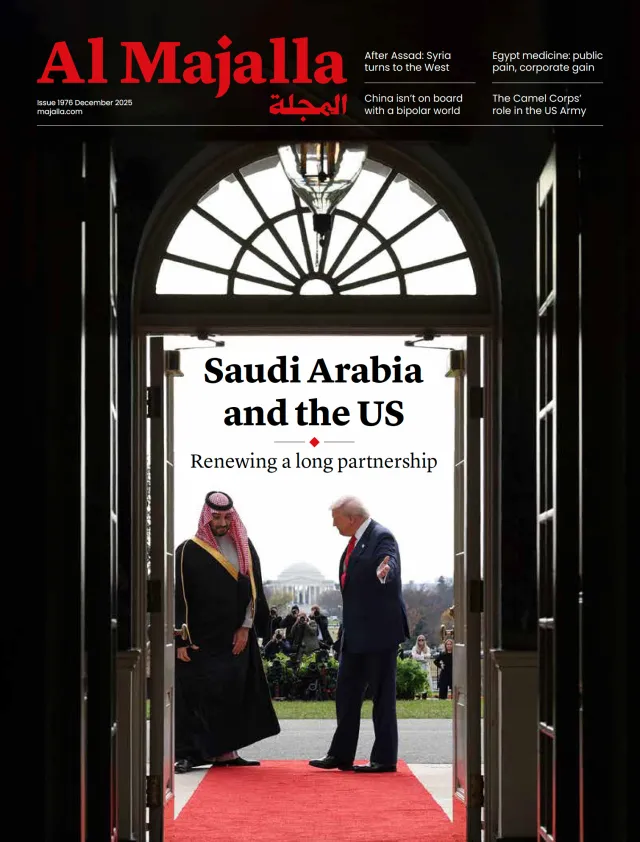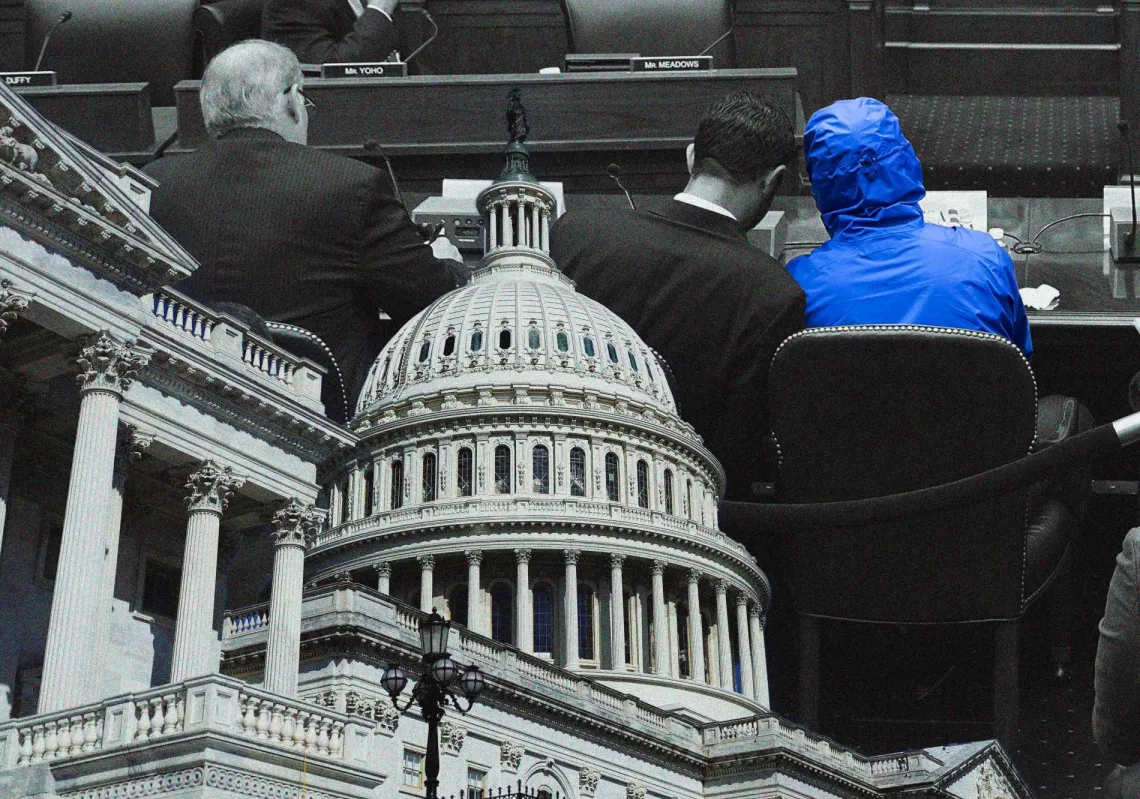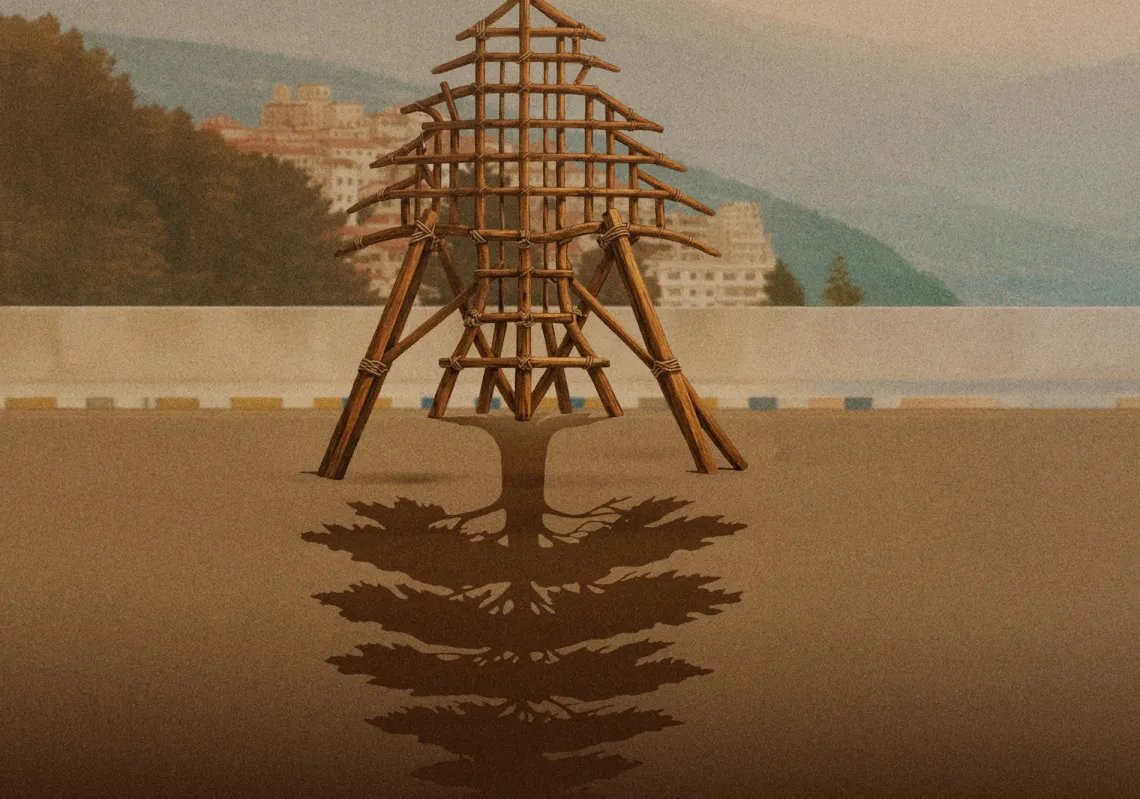Six months into Syria’s post-conflict, post-regime landscape, the new government is seeking to transform its security sector. Having achieved full-scale sanctions relief from the US—the largest goal for the HTS-led government—the key challenge for the regime now boils down to how it maintains relative security and momentum toward stable governance within the country.
A key element of this is how Syria restructures its police, intelligence, and security agencies, as well as how the Syrian people perceive and relate to these forces. As Syrians depart a dark period of 14 years of civil war, 53 years of Assad rule, and 61 years of Baathist governance in the country, the new government will have to carefully unwind intergenerational distrust and fear that so many citizens have towards civil services. And while dismantling decades of a hardened, malevolent reputation amongst the Syrian public, it will also have to prove itself capable of protecting Syrian human security in the first place.
Syria’s Ministry of Interior is now tasked with filling this tall bill. In early June, Interior Minister Anas Khattab outlined a new list of priorities that the ministry is pursuing to restore the trustworthiness and operational capacity of Syria's security agencies.
Thus far, the ministry’s emerging strategy has been shaped along the lines of police and security integration, the development of domestic counter-terrorism and border security programmes, the establishment of a counter-terrorism programme, and the initiation of a major counter-narcotics strategy. However, as it seeks to move ahead, the interior ministry will find itself in a perpetual war with its former self, battling the biggest spoilers to rebuilding both capacity and public trust: the memory and remnants of the Assad regime.
From the moment that HTS forces drove out al-Assad’s forces from major, regime-held governorates, there was a new ‘tune’ to Syria’s counter-narcotics strategy. Both local communities and HTS forces immediately turned to Syrian streets, airports, suburbs, and compounds controlled by the regime’s intelligence apparatus and Assad family allies suspected of manufacturing or storing illicit drugs like the amphetamine-type stimulant, Captagon.

Read more: Syria's drug networks remain active despite Assad's ouster
Drug dens seized
HTS forces and civilians uncovered several laboratories and storage warehouses associated with the Captagon trade. Sites affiliated with al-Assad forces—even al-Assad’s younger brother, Maher, and political allies like Amr Khiti—were uncovered across former regime-held territories, primarily along the coast and around central Syria in and around Damascus, Homs, and Hama. Thousands of Captagon pills were found in the Air Force Intelligence wing of the Mezzeh Airport. Syrian civilians stormed a car dealership belonging to a distant cousin of the Assad family and found trunks full of thousands of Captagon pills, many of them thrown into the street drains of Latakia.
In Douma, an industrial-scale manufacturing operation was raided, housed in a former potato chip factory and controlled by Assad affiliates Maher al-Assad and Amr Khiti. In the Damascene suburb of Yarfur, hundreds of thousands of Captagon pills, manufacturing equipment, vats of chemicals, and smuggling materials were found spanning across the rooms of a luxury villa affiliated with the former regime’s Fourth Armoured Division.
The string of laboratory raids and seized stockpiles of drugs was both sudden and shocking, though not surprising, given the extent of open-source literature that documented the Syrian regime’s sponsorship of drug trades like Captagon. The spike in interdictions accompanied a public, clear repudiation from Ahmed al-Sharaa himself during a victory speech at the Umayyad Mosque in Damascus, the same day that opposition forces ousted al-Assad and his regime from Syria’s capital.
“Al-Assad has turned Syria into "the largest Captagon factory in the world...Today, Syria is being cleansed, thanks to the grace of Almighty God,” the HTS leader-turned-Syrian-president stated. It was a clear repudiation of the regime’s relationship to Captagon and intention to turn a new page on Syria’s reputation as a hub of drug production and smuggling.
Yet while the regime’s defeat put an official end to state-sponsored illicit activities in Syria, it has not been able to drive out these networks—many of them remnants of the regime—completely. After the sharp increase in interdictions in Syria that took place in the aftermath of the regime’s fall in December and January, the new administration’s counter-narcotics activity quieted down. However, it was clear that after identifying and busting the ‘big fish’ in drug smuggling, the administration began to struggle to counter the more dormant, rank-and-file targets that perpetuated production and smuggling operations.

To make matters worse, many of these networks had downsized Captagon production activities, shifted them to harder-to-reach areas in Syria’s borderland regions where the new administration lacked influence and capacity, and began to collaborate with cross-border partners, such as Hezbollah.
This engaged the Syrian government’s intelligence and security agencies in a complex battle with their former selves, tasked with a difficult objective: disrupting former regime-aligned smuggling networks without ‘poking the bear’ too far, thereby risking clashes and even political support among key constituencies the government is seeking to gain favour with. This dynamic was on full display along Syria’s border region with Lebanon.
Prominent criminal syndicates and families closely aligned with the former regime’s Fourth Armoured Division, such as the Zeaiter family, launched a series of targeted kidnappings, killings, and clashes against Syrian Army forces, with exchanges resulting in a total of 72 dead. Inciting violence, following a string of interdictions by Syrian forces in the previous month, was a way for criminal networks to signal their intent to control key cross-border routes and intimidate the new Syrian government.
This careful dynamic with former regime-aligned smuggling remnants was also evident in recent seizures—or lack thereof—in contested areas and borderland regions in Syria. In 2025, there have been few interdictions in Syria’s southern Daraa and Sweida regions, despite years of widespread evidence of small-scale production facilities in the region and a steady stream of interdictions conducted in transit markets neighbouring this region, such as Jordan.
It’s worth noting that some communities in Daraa and Sweida have expressed intense scepticism of al-Sharaa’s administration. Already, Damascus has found its forces engaged in violent clashes with Druze community members.
The absence of state security presence and drug interdictions ultimately indicates that the new administration, while aware of drug-related activity in Syria’s southern areas, still feels ill-equipped and unprepared to contest the smuggling networks in those regions—many of which were directly affiliated or co-opted by the Assad regime—that still present a flashpoint for the new government.














